Lamiré L-A, Milani P, Runel G, Kiss A, Arias L, Vergier B, de Bossoreille S, Das P, Cluet D, Boudaoud A, Grammont M. November 30, 2020.
Abstract
It is unknown how growth in one tissue impacts morphogenesis in a neighboring tissue. To address this, we used the Drosophila ovarian follicle, in which a cluster of 15 nurse cells and a posteriorly located oocyte are surrounded by a layer of epithelial cells. It is known that as the nurse cells grow, the overlying epithelial cells flatten in a wave that begins in the anterior. Here, we demonstrate that an anterior to posterior gradient of decreasing cytoplasmic pressure is present across the nurse cells and that this gradient acts through TGFβ to control both the triggering and the progression of the wave of epithelial cell flattening. Our data indicate that intrinsic nurse cell pressure. Finally, we reveal that nurse cell pressure and subsequent TGFβ activity in the stretched cells combine to increase follicle elongation in the anterior, which is crucial for allowing nurse cell growth and pressure control. More generally, our results reveal that during development, inner cytoplasmic pressure in individual cells has an important role in shaping their neighbors.

Download the full version!

Discover our other publications
Stiffness measurement is a biomarker of skin aging in vivo
Runel G, Cario M, Lopez-Ramirez N, Malbouyres M, Ruggiero F, Bernard L, Puisieux A, Caramel J, Chlasta J, Masse I.
Biomechanical Properties of Cancer Cells
Gene profile of zebrafish fin regeneration offers clues to kinetics, organization and biomechanics of basement membrane
Nauroy P, Guiraud A, Chlasta J, Malbouyres M, Gillet B, Hughes S, Lambert E, Ruggiero F. Matrix Biology
Changes in nano-mechanical properties of human epidermal cornified cells depending on their proximity to the skin surface
Milani P, Chlasta J, Abdayem R, Kezic S, Haftek M. J Mol Recognit. 22 mai 2018;e2722.
Variations in basement membrane mechanics are linked to epithelial morphogenesis
Chlasta J, Milani P, Runel G, Duteyrat JL, Arias L, Lamiré LA, Boudaoud A, Grammont M. Development 2017 : doi: 10.1242/dev.152652
Stromal protein βig-h3 reprogrammes tumour microenvironment in pancreatic cancer
Goehrig D, Nigri J, Samain R, Wu Z, Cappello P, Gabiane G, Zhang X, Zhao Y, Kim IS, Chanal M, Curto R, Hervieu V, de la Fouchardière C, Novelli F, Milani P, Tomasini R, Bousquet C, Bertolino P, Hennino A.
Mechanical Shielding in Plant Nuclei
Goswami R, Asnacios A, Milani P, Graindorge S, Houlné G, Mutterer J, Hamant O, Chabouté M-E.

